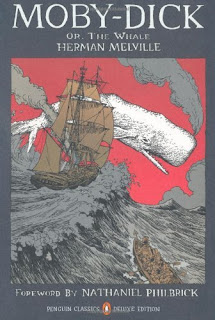
Saul Bellow won the Nobel Prize for Literature the same year he received the Pulitzer Prize for Humboldt’s Gift in 1976 . He was given the Nobel Prize with the citation: “ …for the human understanding and subtle analysis of contemporary culture that are combined in his work.” Evidently, Bellow demonstrated his understanding of human nature and an analysis of contemporary culture in Humboldt’s Gift. Von Humboldt Fleisher wrote a series of poetic ballads in the 1930’s and became famous. A young aspiring writer from Chicago named Charlie Citrine went to New York City after graduating from the University of Wisconsin to meet and try to learn from Humboldt. Humboldt’s Gift is the story of their relationship, sometimes inseparable friends and sometimes at odds with each other. Humboldt was brilliant and wanted to create art to embody the great ideas he had in his head. Charlie wrote biographies and histories and eventually became famous for writing a play, based on the Humboldt character
that was a big hit.
In the story Charlie won the Pulitzer Prize for his writing and Humboldt was made a professor of literature at Princeton University. Human nature and contemporary culture being what they are, Bellow had Humboldt gradually become mentally ill with bipolar disorder and a good helping of paranoia such that he ended up as a bum in the streets. He even turned on his buddy Charlie Citrine, accused him of trying to rob him, having an affair with his wife, and of trying to put him away in an institution. While they were still friends, Humboldt and Charlie entertained themselves by writing a couple of movie scenarios that were farcical but never intended as art. Charlie lost track of these manuscripts after he and Humboldt parted ways.
Humboldt dies and Charlie goes on living off from the proceeds of his past successes. He is divorced from his wife and she is trying to get all the money he has left because it is assumed that
Charlie can make plenty more once he sets his mind to work again. Some of Humboldt’s Gift is the telling of Charlie and Humboldt’s relationship and their struggles at the end. The bulk of the
book is an account of Charlie’s meditations, reflections, and free associations as he goes through his problems. When faced with a difficult situation, he likes to lie down on his large comfortable
couch and meditate on some topic such as the nature of boredom. Charlie is a vehicle for Bellow to be highly intellectual and literary but, for me, his writing style was too diverting from the story I wanted to appreciate. The reader learns a great deal about Charlie’s nature and how he fits in or, rather,doesn’t fit in very well into contemporary society.
As Charlie is starting to get desperate for money, he learns that before he died Humboldt left him a legacy. He learns that his buddy Humboldt has left him the two movie scenarios they wrote together with documented proof of the two of them having created the movie ideas. Furthermore, one of the scenarios has been made into a very popular, farcical movie and there is serious interest in the second idea. Charlie ends up getting out of his financial troubles through the gift left to him by Humboldt. It was ironic that the two writers who valued art and the intellect so much would resort to writing ridiculous yet entertaining movie scenarios that would appeal to so many movie goers in contemporary society. I suppose Bellow’s message is that art is the gift to the world of the truly gifted but much of the world cannot appreciate the art and would rather be entertained by something less artistic and intellectual like the farce the two artists spun out while bored. I’m afraid that my reaction to much of Humboldt’s Gift bears out this message. I want to be entertained with a story and not bogged down with intellectual musings and meditations. Other readers may want to test the quality of their literary tastes by reading Humboldt’s Gift to see if they can appreciate true art or if they are just one of the masses who want to be entertained by a story.
It took me almost three months to plow through Humboldt’s Gift and I am glad I read it. Now I know even more fully what type of reader and connoisseur of art I am. I would probably rather go to the movie farce than read Humboldt’s ballad poems. It would be interesting to discuss Humboldt’s Gift but I have never met anyone who has read the book.








